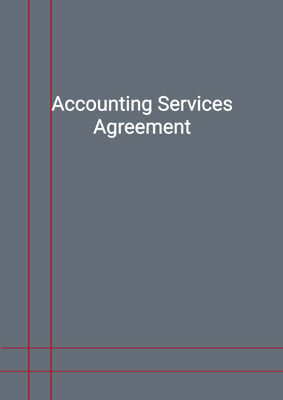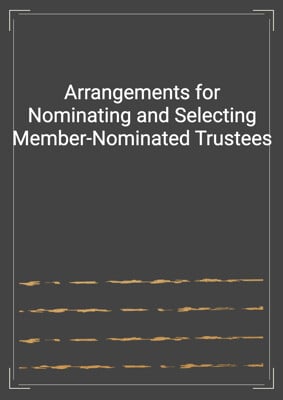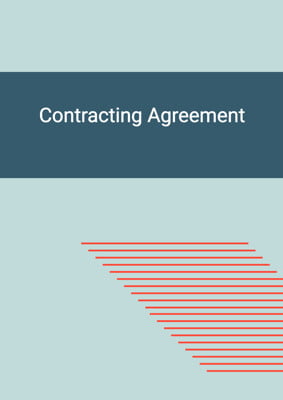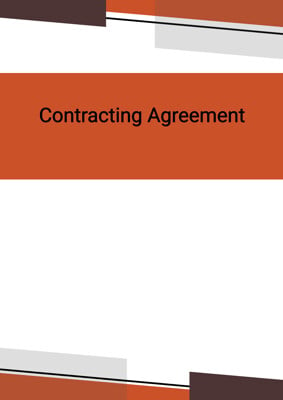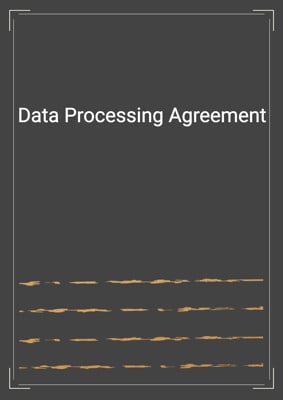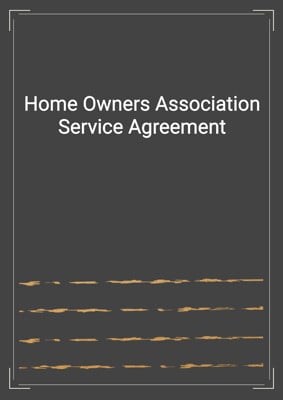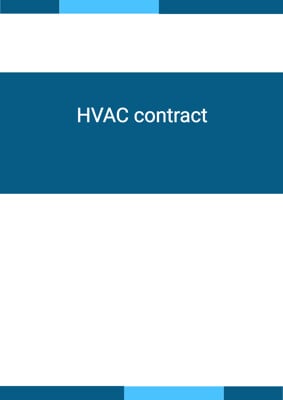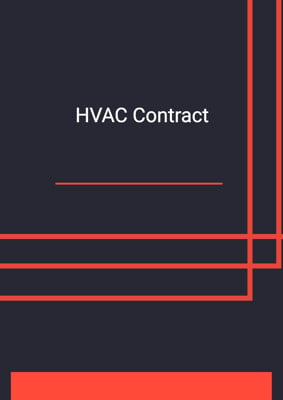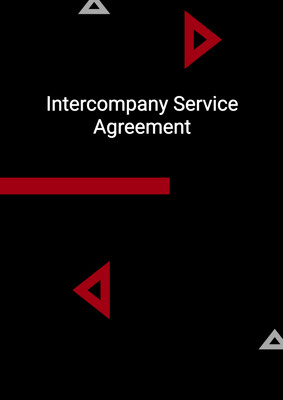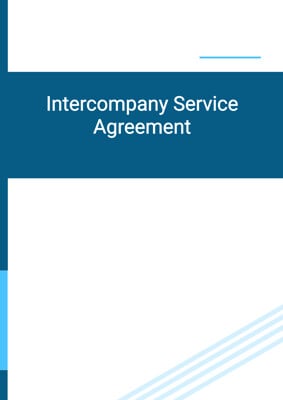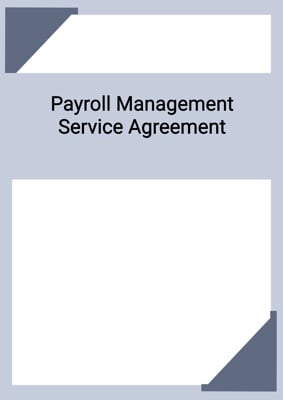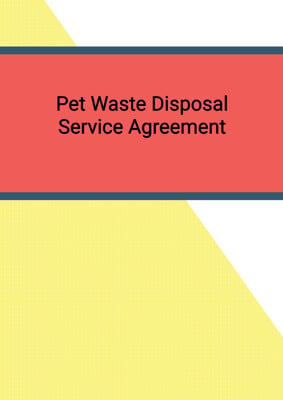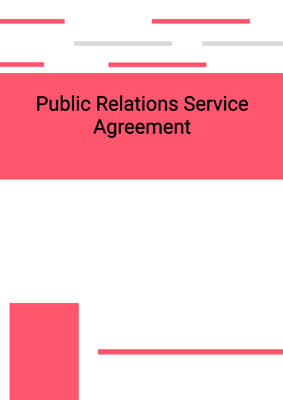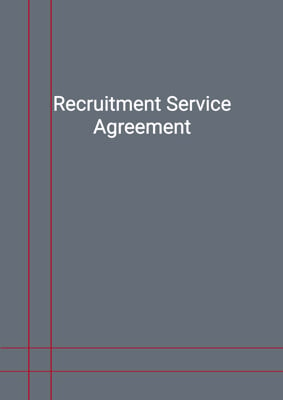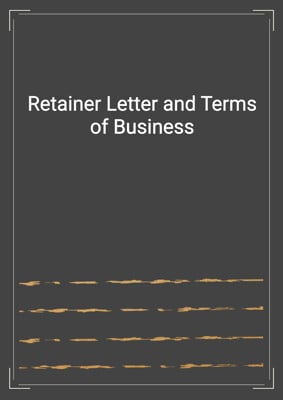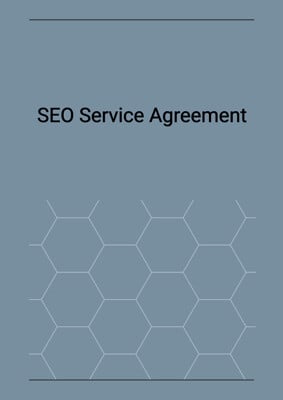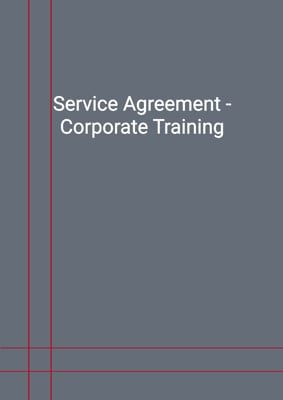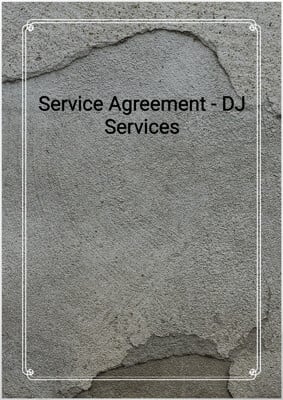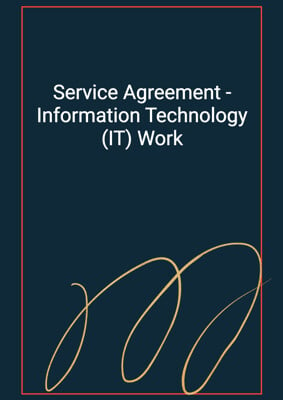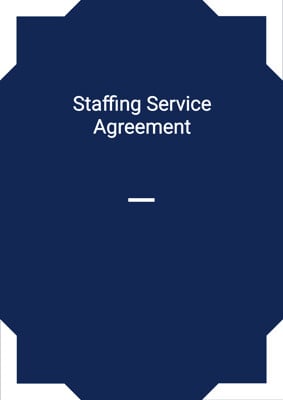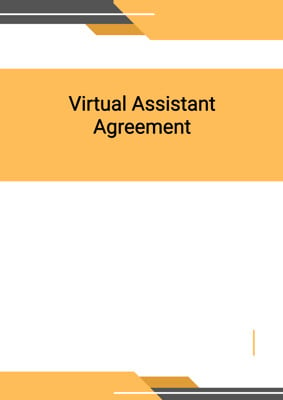How to Tailor the Document for Your Need?
01
Create Document
Fill in the details of the parties. You can click the "Fill with Member’s Information" button to complete it with information saved to your account.
02
Fill Information
Please fill in any additional information by following the step-by-step guide on the left hand side of the preview document and click the "Next" button.
03
Get Document
When you are done, click the "Get Document" button and you can download the document in Word or PDF format.
04
Review Document
Please get all parties to review the document carefully and make any final modifications to ensure that the details are correct before signing the document.
Document Preview
Document Description
The Staffing Service Agreement is a document that outlines the terms and conditions between a staffing company (referred to as 'the company') and a client (referred to as 'the client'). The agreement highlights the importance of the document by emphasizing the roles and responsibilities of both parties in providing staffing services.
The entire document is divided into several sections, each addressing specific aspects of the agreement. The first section, 'Interpretation,' provides definitions for key terms used throughout the agreement. This ensures clarity and understanding between the company and the client.
The next section, 'Company's Obligations,' outlines the company's commitments to providing the services agreed upon. It emphasizes the company's responsibility to deliver the services in a professional and diligent manner, adhering to industry standards and good commercial practice. The section also covers compliance with laws and regulations, non-discrimination policies, insurance requirements, and payment obligations.
The 'Completion of the Work' section emphasizes the importance of timely completion of the services. It includes provisions for the completion date, extensions, and liquidated damages in case of non-completion.
The 'Service Fees' section specifies the payment terms and conditions. It outlines the fee structure, payment due dates, late charges, and reimbursement of expenses incurred by the company. It also addresses the client's responsibility to provide necessary supplies and equipment.
The 'Warranties and Indemnities' section highlights the company's obligations to promptly notify the client of any delays, problems, or complaints related to the services. It also addresses the client's right to report defects in the company's performance and the company's responsibility to rectify any defaults.
The 'Term and Termination' section defines the duration of the agreement and the conditions under which either party can terminate it. It covers termination notice periods, termination for non-payment or breach of provisions, and the return of properties owned by the client.
The 'Ownership of Materials' section clarifies that any intellectual property developed under the agreement becomes the property of the client. It also prohibits the company from using the client's intellectual property without written consent.
The 'Confidential Information' section ensures that both parties keep confidential any information disclosed during the agreement. It outlines exceptions to confidentiality and the survival of confidentiality obligations after termination.
The 'Non-Solicitation' section prohibits the client from soliciting or hiring assigned employees from the company for a specified period after termination.
The 'Announcements/Publicity' section requires prior written approval for any announcements or disclosures related to the agreement.
The 'Amendment' section specifies that any variations to the agreement must be in writing and signed by both parties. It also clarifies that variations do not constitute a general waiver of provisions.
The 'Assignment' section prohibits the assignment or subcontracting of the agreement without prior written consent.
The 'Severability' section addresses the invalidity or unenforceability of any provision and the negotiation of substitute provisions.
The 'Further Assurance' section obligates the parties to perform any acts or execute any documents necessary to implement the agreement.
The 'Warranty of Capacity and Power' section represents each party's authority and capacity to enter into and carry out the obligations of the agreement.
The 'Force Majeure' section exempts the parties from liability for failure or delay in performing obligations due to causes beyond their control.
The 'No Rights under Contracts for Third Parties' section clarifies that the agreement does not confer rights on any third party to enforce its terms.
The 'Arbitration and Proper Law' section encourages amicable resolution of disputes and specifies the proper law governing the agreement.
The 'Notices and Service' section outlines the methods and deemed times of giving notice between the parties.
The 'Counterparts' section allows the agreement to be executed in multiple counterparts, with each counterpart constituting an original document.
The agreement concludes with the signatures of both parties and a witness.
How to use this document?
To use the Staffing Service Agreement effectively, follow these steps:
1. Provide Information: Enter the names and addresses of both parties, clearly identifying the staffing company (the company) and the client. This ensures that both parties are accurately identified.
2. Define Services and Assigned Employees: Clearly describe the staffing services to be provided by the company. Include details such as position requirements, job responsibilities, and terms and conditions of employment. Specify the process for identifying and assigning employees based on the client's specifications.
3. Specify Completion Date and Liquidated Damages: Agree on a completion date for the services. If the services are not completed by the agreed-upon date, specify the amount of liquidated damages per week that the client is entitled to. This ensures that both parties are aware of the importance of timely completion and the consequences of non-completion.
4. Determine Service Fees: Discuss and agree upon the service fee structure. If it is a fixed fee, specify the amount per assigned employee. If it is a commission-based fee, specify the percentage of the annual salary of each assigned employee. Clarify the payment due dates and any late charges.
5. Address Expenses and Reimbursement: Discuss and agree upon any additional expenses that may be incurred by the company while providing the services. Specify the process for submitting invoices, including itemized expenses with proof of purchase. If any expense exceeds a certain limit, obtain written consent from the client before incurring it. Clarify the client's responsibility to reimburse the company for agreed-upon expenses.
6. Establish Warranties and Indemnities: Discuss and agree upon the company's obligations to promptly notify the client of any delays, problems, or complaints related to the services. Clarify the client's right to report defects in the company's performance and the company's responsibility to rectify any defaults.
7. Define Term and Termination: Determine the duration of the agreement, whether it is for a fixed period or indefinite until completion of the services. Specify the notice period for termination by either party. Address termination for non-payment, breach of provisions, or failure to proceed diligently with the services. Clarify the return of properties owned by the client upon termination.
8. Address Ownership of Materials: Agree that any intellectual property developed under the agreement becomes the property of the client. Prohibit the company from using the client's intellectual property without written consent.
9. Maintain Confidentiality: Agree to keep all information disclosed during the agreement confidential, unless required by law or authorized by the other party. Clarify exceptions to confidentiality and the survival of confidentiality obligations after termination.
10. Prohibit Non-Solicitation: Clarify that the client shall not solicit or hire assigned employees from the company during the term of the agreement or for a specified period after termination.
11. Obtain Approval for Announcements/Publicity: Agree that any announcements or disclosures related to the agreement require prior written approval from both parties, except as required by law or regulatory bodies.
12. Ensure Compliance with Laws: Acknowledge and comply with all applicable laws and regulations, including anti-bribery and corruption laws and data protection regulations.
13. Review and Amend: Carefully review the agreement, ensuring that all terms and conditions are understood and agreed upon by both parties. Make any necessary amendments in writing and obtain signatures.
14. Seek Legal Advice: If needed, consult with legal professionals to ensure the agreement complies with relevant laws and adequately protects the interests of both parties.
Not the right document?
Don’t worry, we have thousands of documents for you to choose from:

